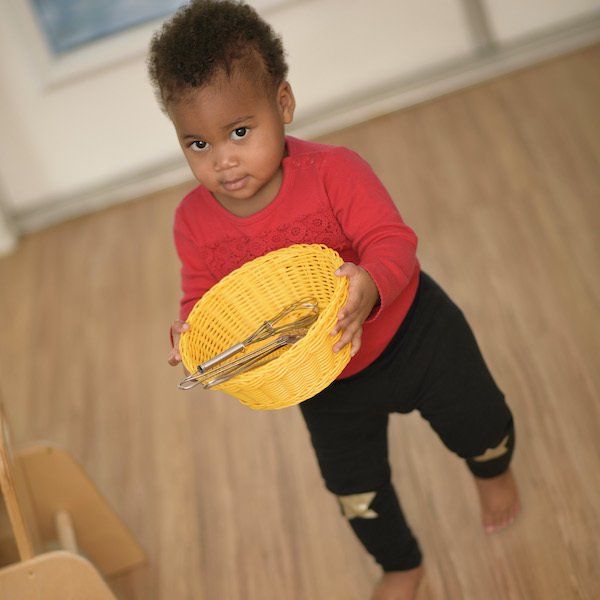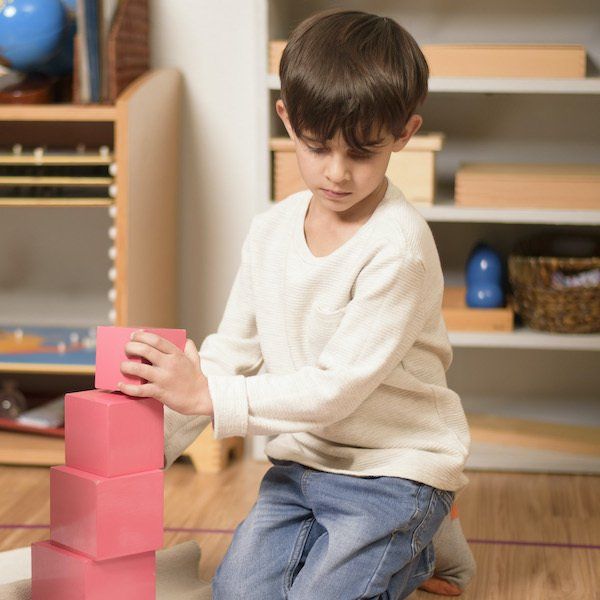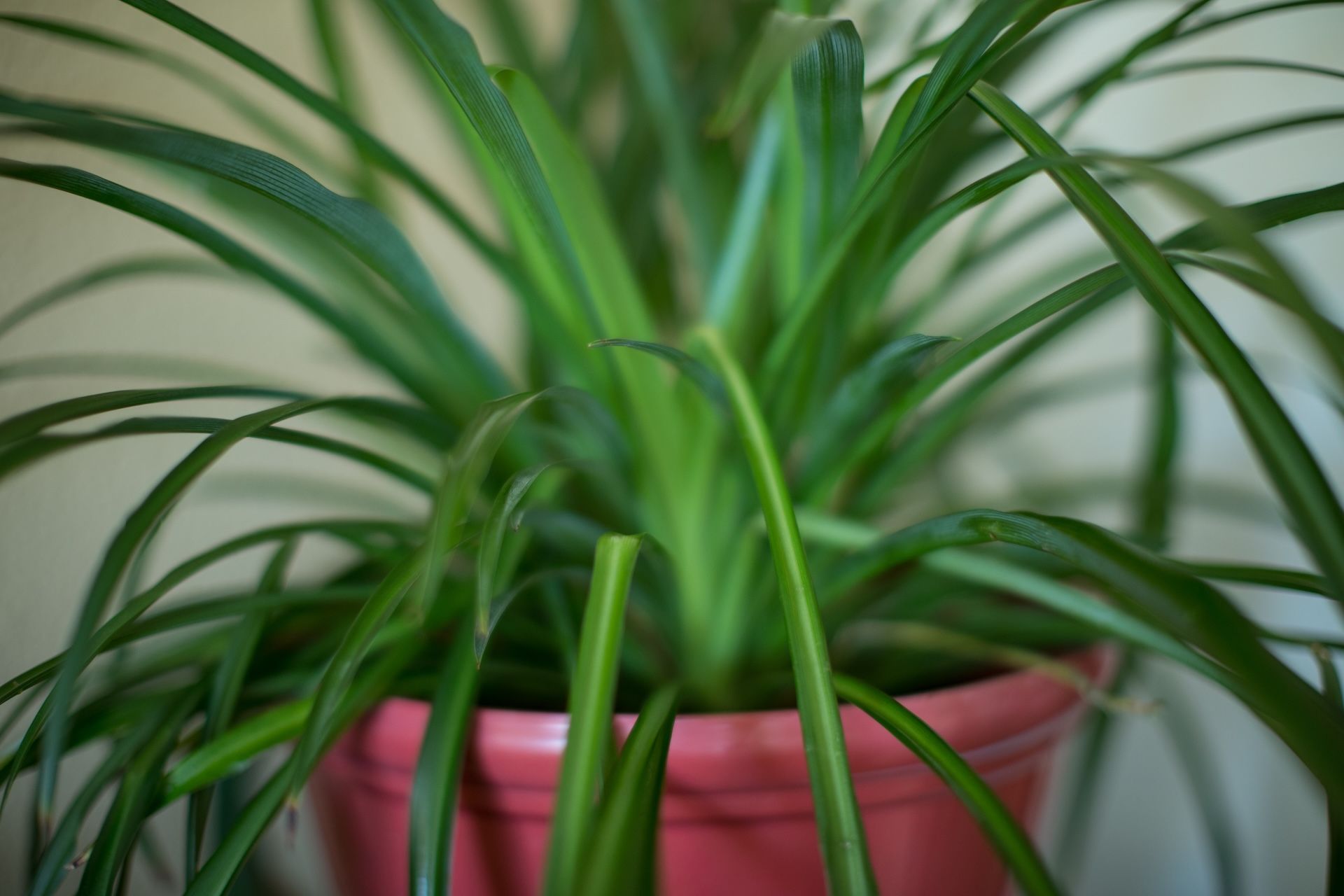Mighty Oaks from Tiny Acorns Grow
A Montessori school for children ages 4 months to 6 years

Why Mighty Oaks Montessori School?
We Meet Children Where They Are
We allow each child to move and learn at their own pace. We know that learning is not linear, and that children are not ready to learn specific skills according to an adult-prepared timeline, or in perfect harmony with their peers. Kids who need more support with certain skills get that support, and those who are ready to move ahead are able to find the challenges they crave.
Our Programs
We offer programs for children 4 months through 6 years old
“Thank you SO much for allowing me to take a tour this afternoon! I knew within the first 5 minutes this is the place I want to send my daughter! I have known about your philosophy, however seeing how engaging you were with the children, and how you talked about them in such a warm manner, sealed the deal. If the other “teachers” are half as enthusiastic and caring as you I know my daughter will be in GREAT hands!”
- Hillary Fazio
How to Apply
View our classrooms and learn more about Montessori education.
After your tour you’re invited to apply for your child.
Meet other new parents and connect with us on social media to get acquainted with our community.





